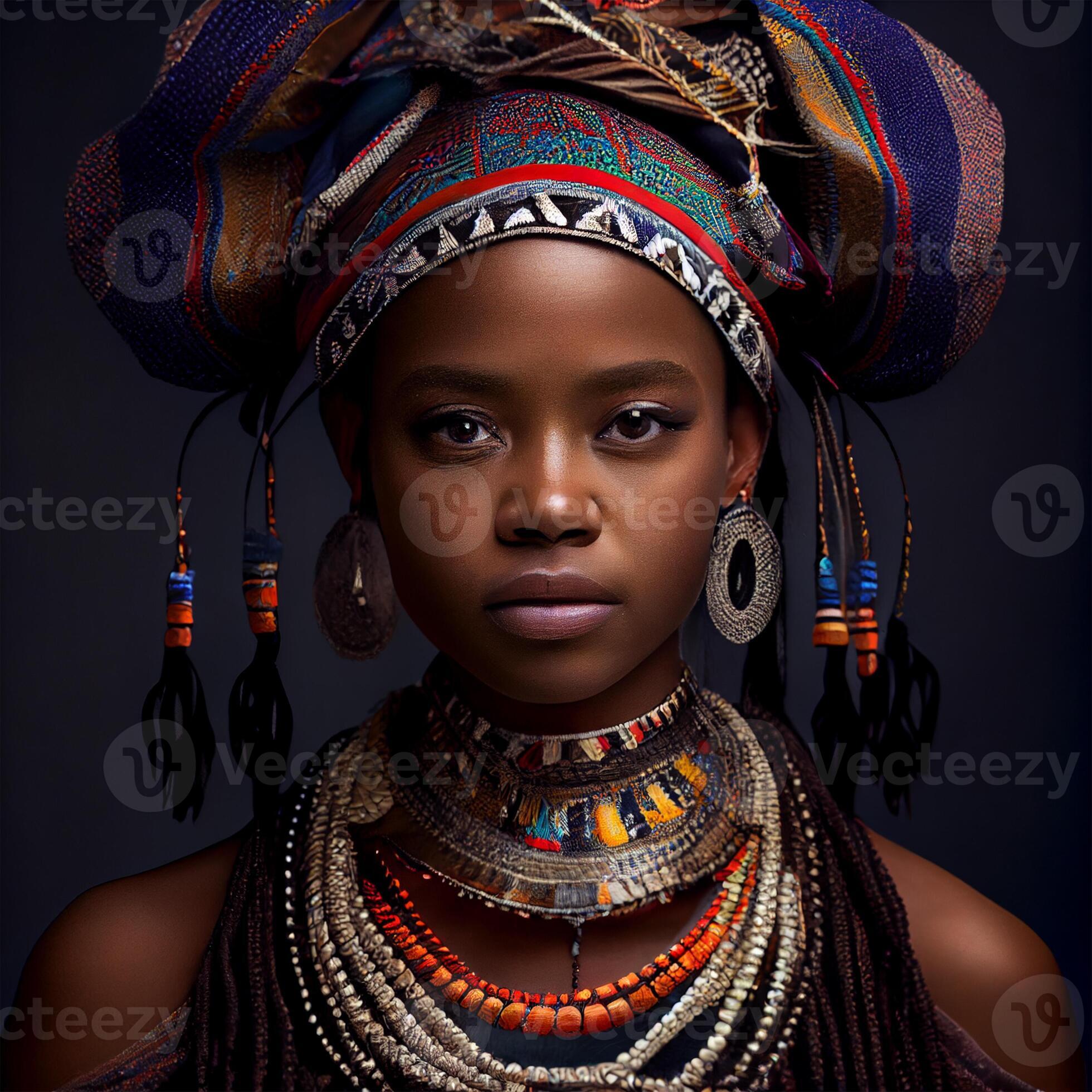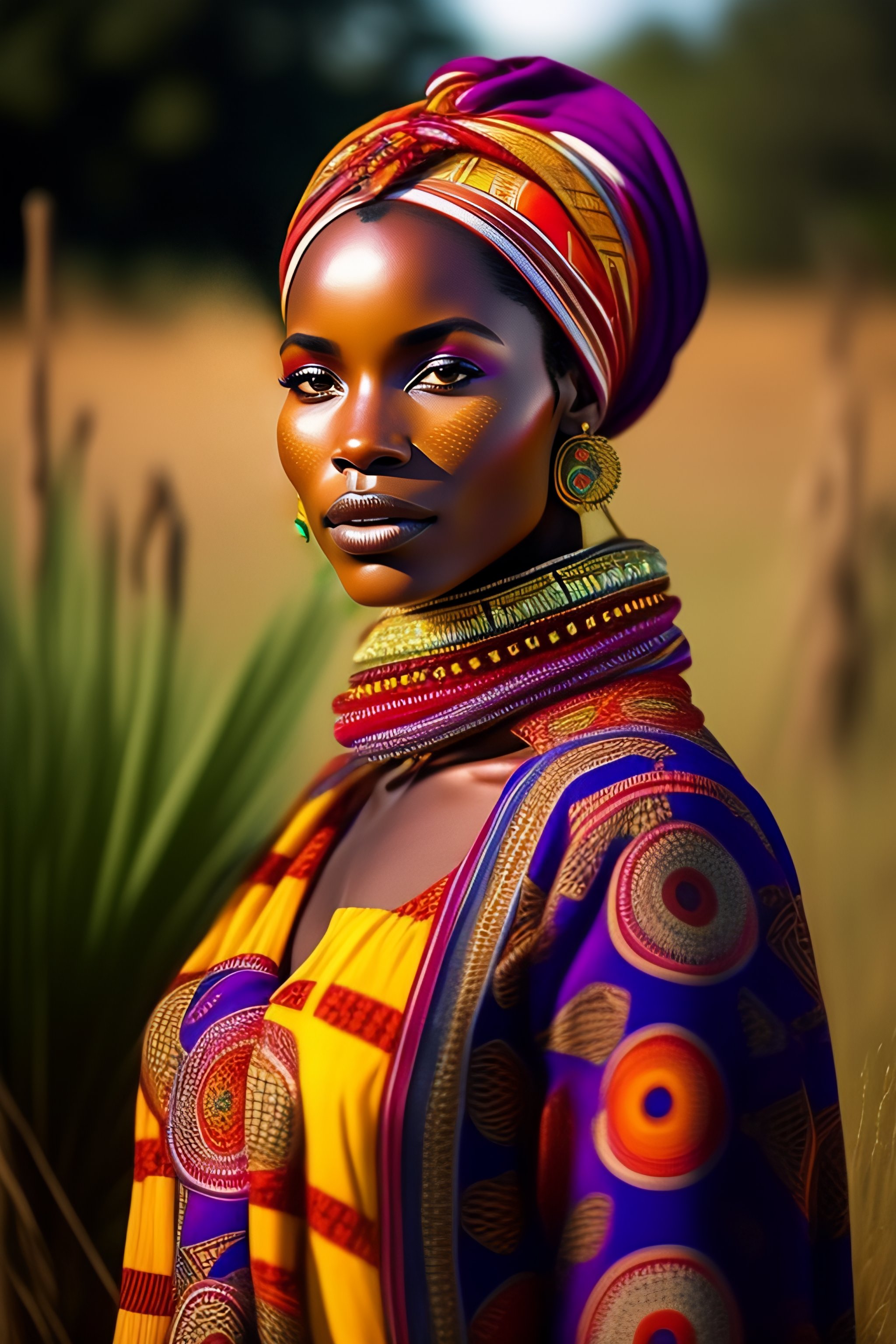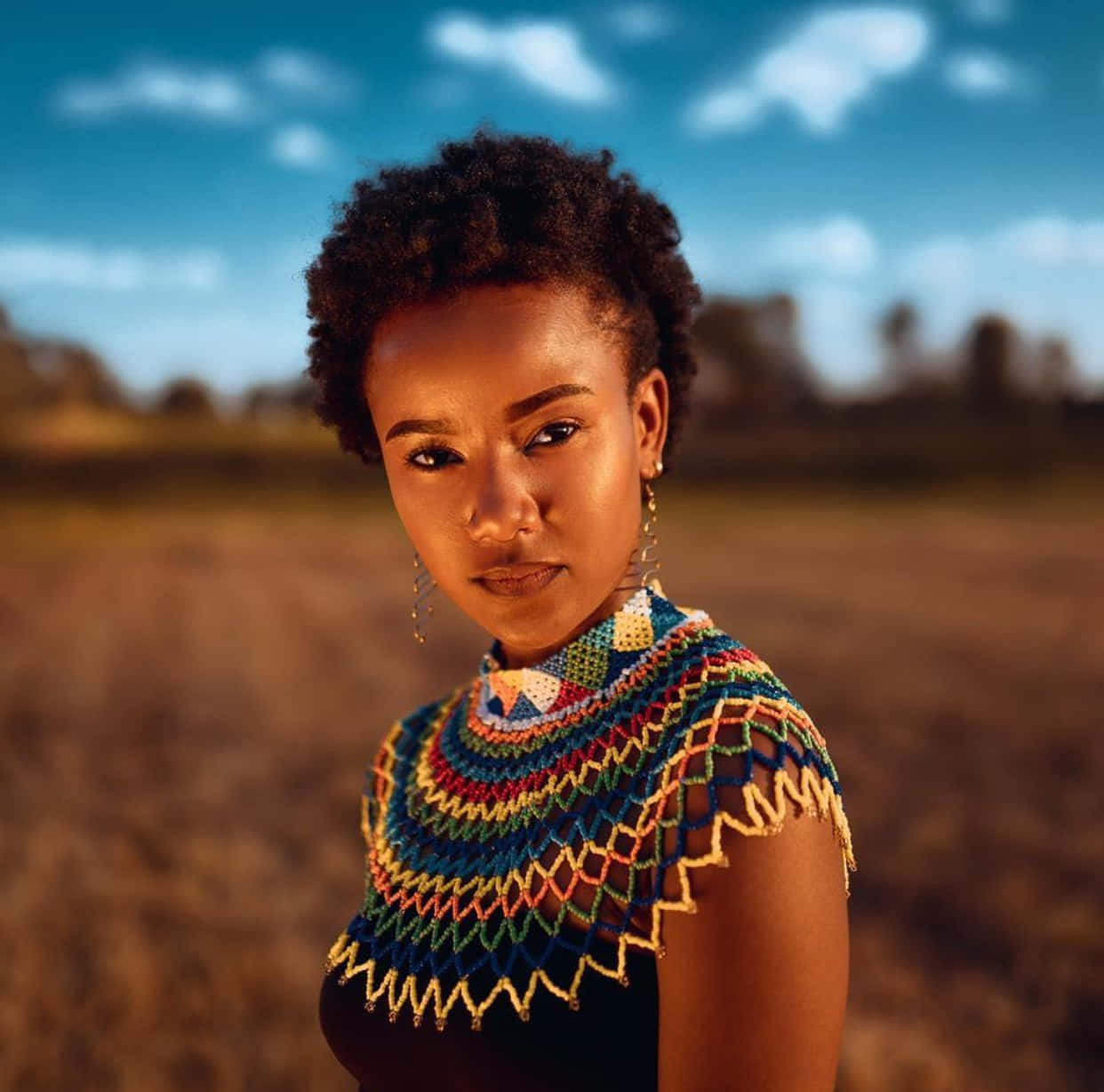There's a spot in lower Manhattan, you know, a place that holds a very deep, quiet power. It is a site that truly tells a story, a truly important one, about the early days of New York and the people who built it.
This special place, the African Burial Ground National Monument, helps us remember the big part that slavery had in making New York City what it is now. It protects a part of history that shows how much enslaved people gave to the growth of this big city, showing a side of its past that's pretty vital to understand, actually.
When you visit, you get a chance to connect with history in a way that feels very real, learning about lives that shaped the city we see now. It's a place that stands as a spiritual spot for remembering, and it's also a busy place for learning, so.
- The Bostonian Hotel Boston
- Villas Tacos Los Angeles
- Fort Belvoir Community Hospital
- Quorum Federal Credit Union
- Chicago Botanical Gardens
Table of Contents
- What is the African Burial Ground National Monument?
- The Story Behind the African Burial Ground National Monument
- Why is the African Burial Ground National Monument so important today?
- Visiting the African Burial Ground National Monument
What is the African Burial Ground National Monument?
Basically, this site, the African Burial Ground National Monument, is a special spot in New York City. It is a national landmark and a memorial that gives honor to the part Africans and African Americans played in US history, you know.
This monument in Manhattan honors African Americans and offers an education on the hardship they went through in early America. It's a place that truly marks the contributions of people whose lives were, in some respects, often overlooked.
The African Burial Ground National Monument is part of the National Park Service, within the Department of the Interior. It's a federal park site, so it's looked after by the government, just like other important places.
- Soldier Hollow Golf
- The Brattle Theatre
- Quebec City Airport
- Wilmington Trust
- Tantalum Restaurant Long Beach California
This park, set up in 2006, is the oldest and largest known excavated burial ground in North America for both free and enslaved people. It protects the historic role slavery played in building New York, offering a place for reflection and learning, as a matter of fact.
How was the African Burial Ground National Monument rediscovered?
So, for a very long time, this place was lost, you know, just covered over by centuries of building. It was forgotten because of how time had passed and how the city grew over it.
It came to light again during construction in the early 1990s, when workers found human remains. This finding led to a very big archaeological effort, revealing the oldest and biggest known excavated burial ground in North America for both free and enslaved people, actually.
The rediscovery and the careful study that followed helped us learn about the nation's earliest and largest African burial ground in New York City. It really brought a hidden piece of history back into public view, in a way.
After its rediscovery, the site was dedicated as a national monument in 2006. This was a pretty important step in recognizing its significance, basically.
In February 2006, by order of President Bush, the African Burial Ground was proclaimed a national monument. Then, on October 5, 2007, the African Burial Ground National Monument became the first national monument specifically for Africans of early New York and Americans of African descent, you know.
The Story Behind the African Burial Ground National Monument
From the late 1600s through the early 1700s, free and enslaved Africans were laid to rest in a large cemetery. This burial ground was outside the boundaries of the settlement of New Amsterdam, which is now New York City, by the way.
This space, more or less 6.6 acres, was where hundreds of people found their final resting place. It was a place where both free people and those held in slavery were buried, showing a common ground in their final rest, so.
The site tells a story of people who lived and worked in colonial New York. It gives us a look into their lives, their struggles, and their contributions to the city's early development, which is pretty compelling, really.
The African Burial Ground National Monument protects the historic part slavery played in building New York. It makes sure that this part of history is not forgotten and that its lessons can be learned by future generations, you see.
Who are the people honored at the African Burial Ground National Monument?
This monument, the African Burial Ground National Monument, really honors the memory and contributions of these people. It is a place that remembers those who were often overlooked in historical records, giving them a voice, so to speak.
It's about over 400 Africans who lived and worked in colonial and federal New York City, both those who were free and those who were enslaved. Their stories are told through the site, helping us understand their lives and experiences, you know.
Their spirit continues to guide visitors' understanding of enslavement in New York City's colonial history. It's a way for us to connect with the past and feel the impact of their lives, even today, in a way.
The monument stands as a place of remembrance for African Americans. It offers an education on the hardship they went through in early America, helping us to see their resilience and strength, too it's almost.
The African Burial Ground Memorial Foundation (ABGMF) works to promote and advance the African Burial Ground National Monument site. They work with the National Parks Service to make sure these memories and contributions are kept alive and shared, actually.
Why is the African Burial Ground National Monument so important today?
Today, the African Burial Ground National Monument stands as a spiritual spot for remembering, and it's also a busy place for learning. It is a place where people can come to reflect on a difficult past and draw lessons for the present, you know.
It helps us celebrate the impact of the African diaspora, from the past to the present, on New York and the whole world. It shows how the culture and contributions of African people have shaped not just this city, but also the wider world, pretty much.
The monument is a national landmark and memorial that honors the part of Africans and African Americans in US history. It reminds us that their stories are a central part of the American story, and they deserve to be recognized, in fact.
It is the oldest and largest known excavated burial ground in North America for both free and enslaved Africans. This makes it a very special place for understanding early American history and the lives of African people during that time, really.
The site helps us discover the history, culture, and legacy of the African diaspora through this sacred space. It offers a chance to connect with a deep heritage that has influenced so much of what we know today, so.
What can you experience at the African Burial Ground National Monument?
When you come to the African Burial Ground National Monument, there's quite a bit to see and learn. You can learn about the history and significance of the burial site of over 400 Africans in colonial and federal New York City, you know.
You can look at the stories, the things found there, and the lasting impact of the enslaved and free Africans who lived and worked in colonial New York. The museum tells the story of the African Burial Ground and how the park came to be, basically.
The visitor center and museum, which is a companion piece to the outdoor memorial, opened in February 2010. This space helps to give context and background to the memorial outside, making the visit more complete, in a way.
If you are coming specifically to see the African Burial Ground memorial, it's a good idea to stop at the visitor center first. It helps you understand what you are about to see and gives you a better appreciation for the site, as a matter of fact.
The monument is a spiritual site of remembrance and an active space for learning. It's a place where you can spend time reflecting, but also where you can get information and deepen your understanding, you know.
Visiting the African Burial Ground National Monument
The visitor spot for the African Burial Ground National Monument is located inside the Ted Weiss Federal Building. It has its own entry at 290 Broadway in lower Manhattan, very near Foley Square and just a little north of City Hall, so.
This location makes it pretty easy to get to, as it's right in the middle of a busy part of the city. You can find directions, events, activities, and safety information for your trip, too it's almost.
The 0.34 acre park is situated two blocks north of New York City's City Hall. It's a relatively small but very important piece of land in the urban landscape, honestly.
The African Burial Ground National Monument was set up by President George W. Bush in 2006 to establish the nation's earliest and largest African burial ground rediscovered in the United States. This act helped to make sure the site would be protected and honored for generations, you know.
Planning Your Trip to the African Burial Ground National Monument
You can get lots of details for planning your visit to the African Burial Ground National Monument. You can learn how to visit the memorial and museum of the African Burial Ground, a historic site of free and enslaved Africans in lower Manhattan, in fact.
It's a free national park site, which means there's no cost to enter and experience this important piece of history. This makes it accessible to everyone who wants to learn and reflect, pretty much.
If you are coming specifically to see the African Burial Ground memorial, it's a good idea to stop at the visitor center first. The visitor center for the African Burial Ground National Monument is located in the Ted Weiss Federal Building and has its own entrance at 290 Broadway, by the way.
The memorial entrance itself is on Duane Street, so you'll want to know that for finding your way around. It's good to have all the details before you go, you know, to make your visit smooth.
You can find detailed trip planning information about African Burial Ground National Monument in New York City here on National Park Planner. This will help you make the most of your visit and understand what this story means to you, really.
Related Resources:



Detail Author:
- Name : Damion Adams DVM
- Username : breitenberg.hans
- Email : ijast@hirthe.com
- Birthdate : 1979-01-11
- Address : 7439 Gerlach Point Suite 650 South Delaney, HI 33315
- Phone : (415) 694-2534
- Company : Swift-Dickens
- Job : Materials Inspector
- Bio : Minima quia itaque perferendis quam earum laudantium atque. Officiis expedita laborum asperiores eum soluta quidem magnam. Ea culpa nobis est iste.
Socials
tiktok:
- url : https://tiktok.com/@ritchie2012
- username : ritchie2012
- bio : Consequuntur aut ut quibusdam et quos facilis sed. Odit iure ratione nisi.
- followers : 1194
- following : 2186
facebook:
- url : https://facebook.com/jamison8596
- username : jamison8596
- bio : Nam asperiores qui suscipit quasi velit ut distinctio.
- followers : 2773
- following : 967
linkedin:
- url : https://linkedin.com/in/ritchiej
- username : ritchiej
- bio : Eos aspernatur ea est et quo.
- followers : 5079
- following : 2918